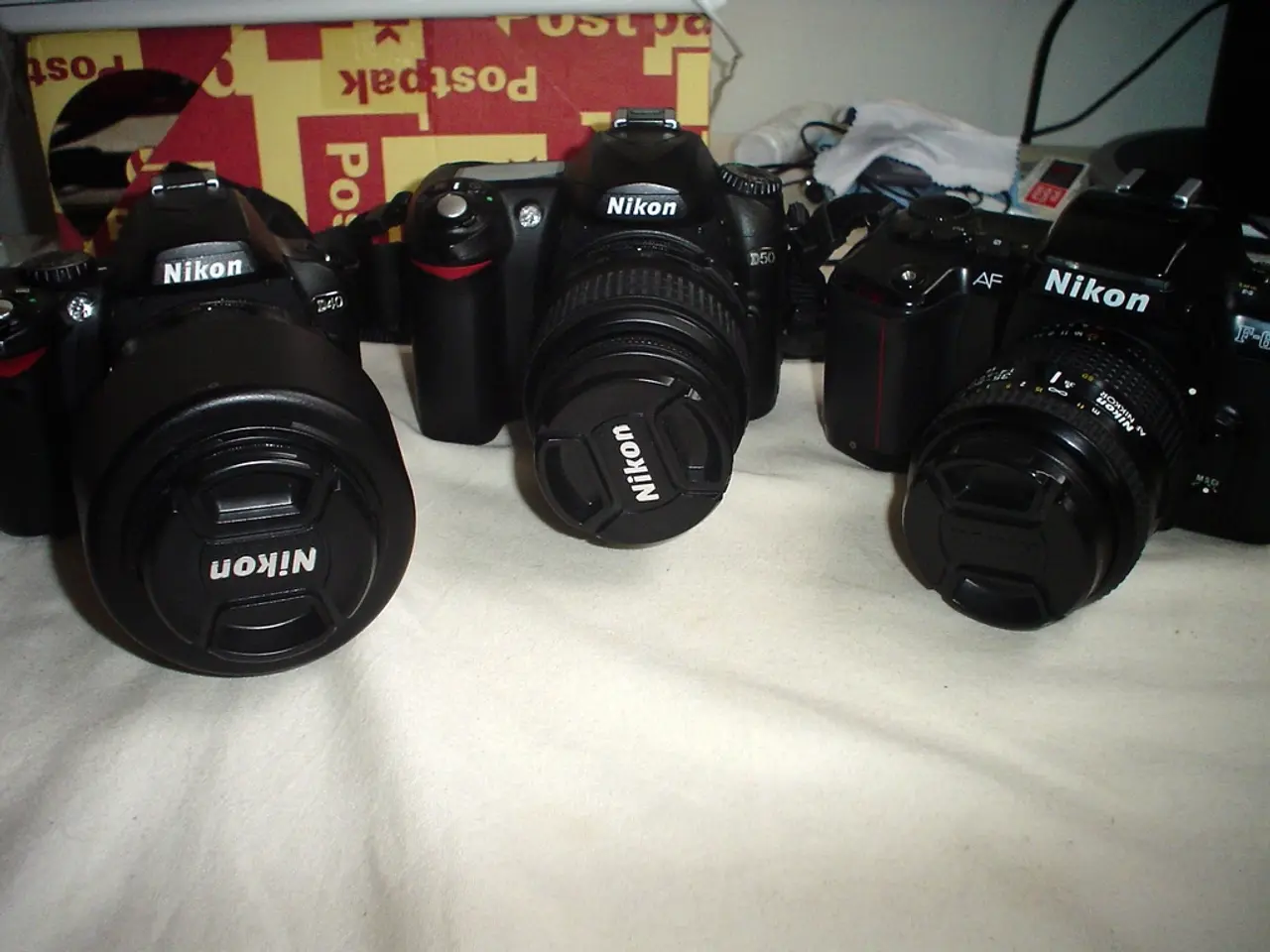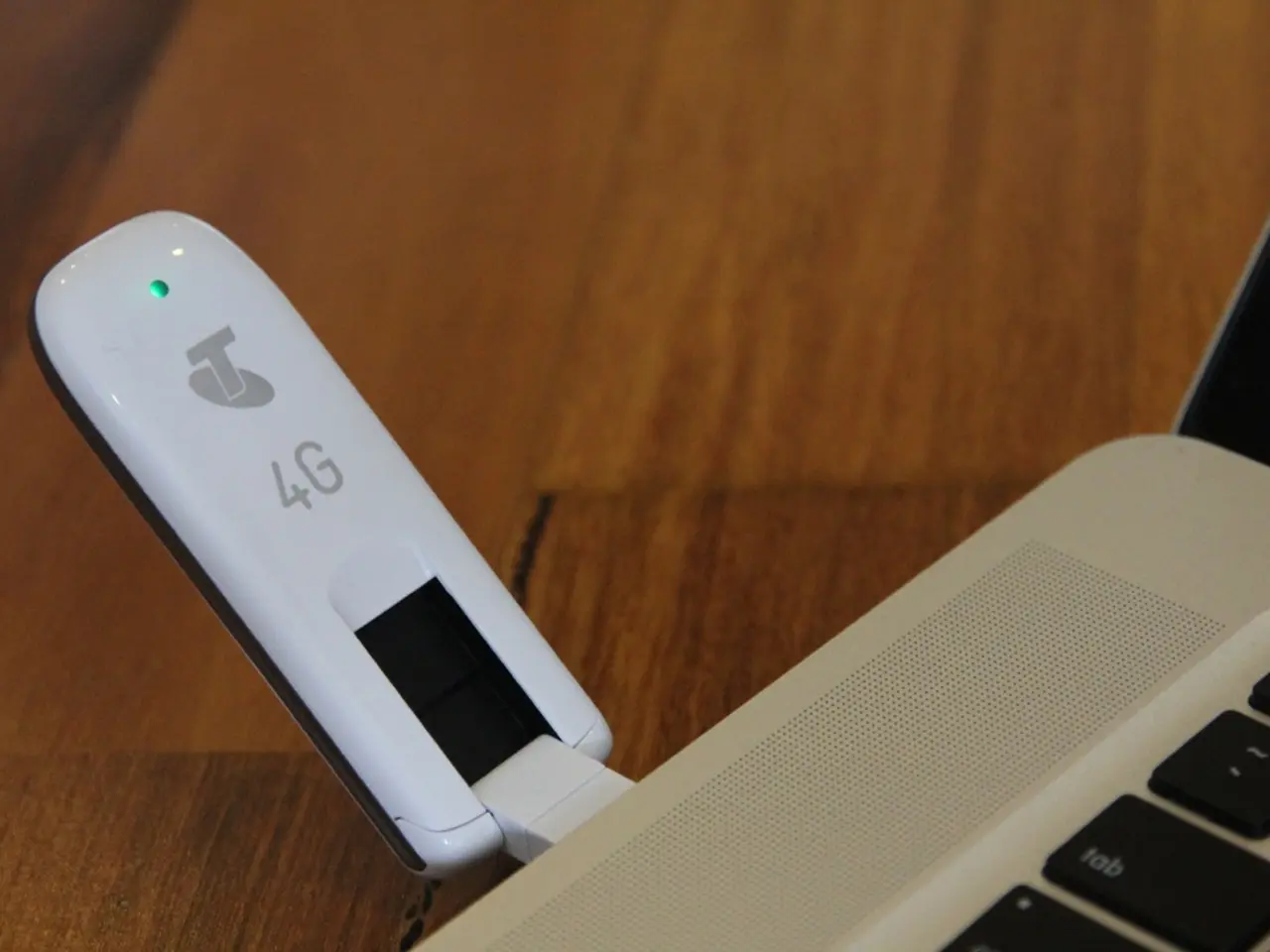Comparing Hourly vs. Fixed-Price Hire for Freelance Designers: Which Option Suits Your Startup Best?
In the rapidly growing world of startups, hiring freelance designers has become an increasingly common practice. When it comes to payment methods, startups often face the choice between hourly and fixed-price contracts. This article offers a detailed comparison of both options to help startups make informed decisions.
### Advantages of Hiring Freelancers on an Hourly Basis
Hourly contracts offer several benefits, particularly for projects with uncertain or evolving scopes. You only pay for the hours worked, which means you can adjust the workload as needed without renegotiating the contract. This setup is ideal for ongoing or long-term projects requiring continual input and iterations. Platforms like Upwork provide tools for efficient time tracking and invoicing, ensuring transparency.
### Disadvantages of Hourly Basis
However, hourly contracts come with some drawbacks. The total cost can be difficult to predict, as it depends on the hours worked, which can vary. Monitoring freelancer activity is also necessary, which may be seen as intrusive or cumbersome by some startups. Efficient freelancers might finish tasks quickly, earning less compared to fixed pricing.
---
### Advantages of Hiring Freelancers on a Fixed-Price Basis
Fixed-price contracts offer budget certainty, as the total price is agreed upon upfront, making it easier for startups to plan their finances without surprises. These contracts focus on milestones or project completion, making them ideal for well-defined projects with clear specifications. Less day-to-day oversight is needed compared to hourly contracts, as payment is tied to deliverables. Fixed prices can also feel more affordable and straightforward to clients.
### Disadvantages of Fixed-Price Basis
Despite their advantages, fixed-price contracts come with risks. Project scopes may evolve, and fixed prices might not reflect the actual effort needed, leading to disputes or quality issues. Changing project requirements mid-way can require renegotiation, slowing progress and potentially incurring additional costs. Freelancers might underestimate time to win the contract or overestimate to cover risks, impacting the value for startups and freelancers.
---
### How to Make an Informed Decision
Consider these factors relevant to startup needs when choosing between hourly and fixed-price contracts:
- **Project definition:** Suitable for vague, evolving, or exploratory projects | Best for clearly defined projects with specific outcomes - **Budget control:** Flexible but unpredictable total cost | Predictable total cost, easier budgeting - **Flexibility to change:** High flexibility to adjust scope and priorities | Low flexibility, requires contract updates - **Monitoring capacity:** Requires active tracking and oversight | Minimal oversight when paying for deliverables - **Duration of engagement:** Better for long-term or ongoing work | Better for short-term or single project delivery - **Payment preferences:** Pay for actual time, beneficial if scope unknown | Pay for agreed deliverables, good if startup needs fixed cost certainty
---
### Recommendation for Startups
- Choose **hourly contracts** if your project scope is uncertain, evolving, or if you need flexibility to pivot quickly as a startup. - Opt for **fixed-price contracts** if you have a well-defined project with clear deliverables and need tight budget control.
Using **milestone-based fixed-price contracts** can combine benefits by breaking the project into stages, allowing for payments tied to progress while managing risk and scope changes more effectively.
---
This balanced approach helps startups manage costs while maintaining the adaptability needed in early-stage development. When hiring freelance designers hourly, it's important to clearly communicate the number of hours dedicated to the project each week. Design work completed through a fixed-price service typically has a lower cost for the client. Setting clear expectations for a project is crucial for its successful completion within budget, including specifying the number of drafts or revisions expected. A side-by-side comparison of hourly and fixed-price freelance design services can help businesses determine which payment method best suits their needs, considering factors like time and cost. Design work completed through a fixed-price service can help startups with slim budgets release professional, polished products.
- Incorporating AI technology into the design process can help optimize the efficiency of hourly contracts, as accurately predicting the time required for tasks could reduce the uncertainty associated with total costs.
- When searching for freelance designers, startups should prioritize those who possess a strong understanding of technology and its impact on modern business, as these skills could contribute to innovative design solutions that align with the startup's objectives.




